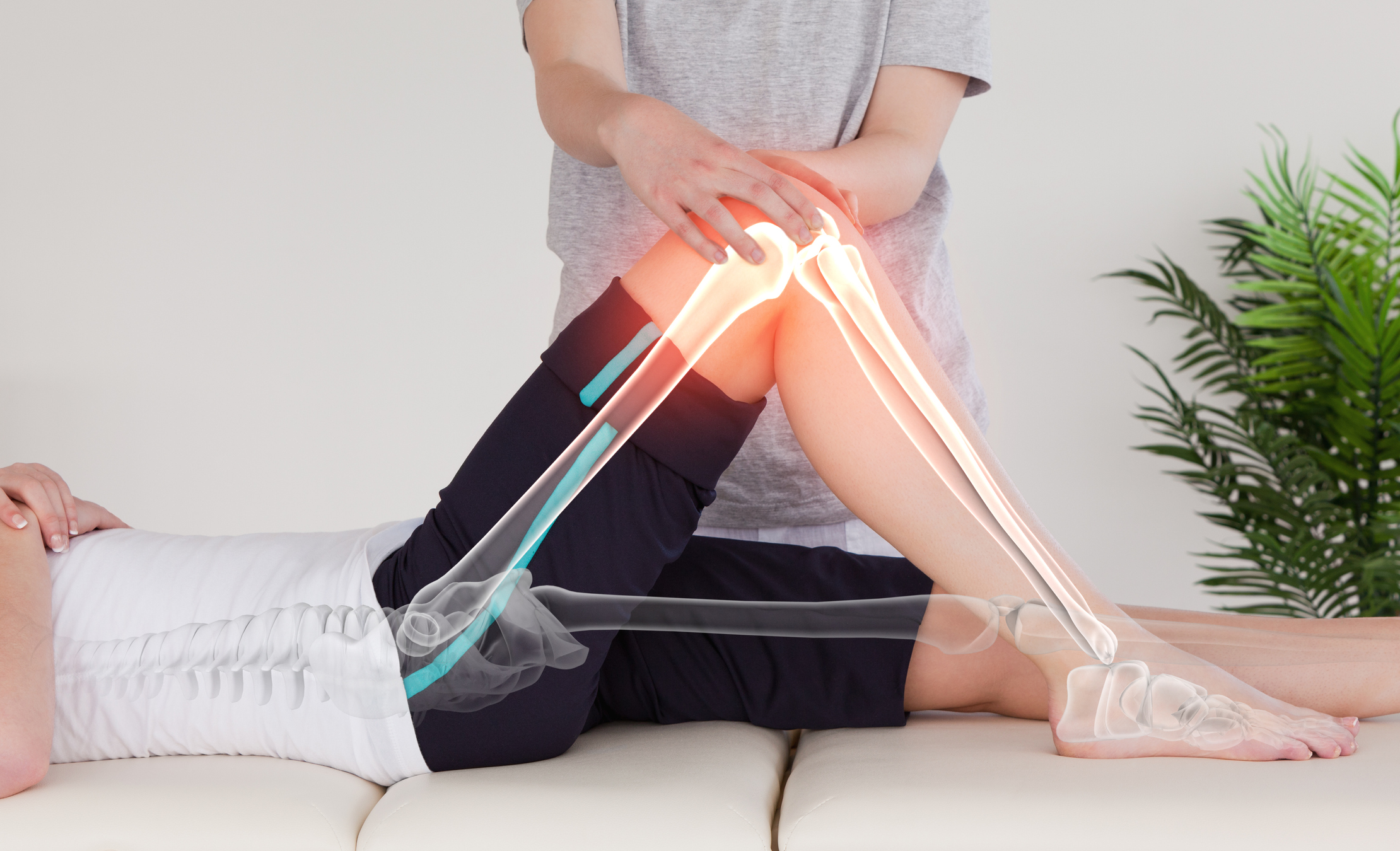Osteopathy
What is a D.O.?
Osteopathic physicians emphasize a whole-person/health centered approach to evaluation and treatment. They are trained to use their hands to diagnose the underlying cause of illness and injury, and to enhance the body’s tendency for self-healing, self-correction, and the maintenance of optimum health and function. They are trained to listen to, and work collaboratively with their patients by focusing on preventative health measures, and take into consideration how a patient’s lifestyle and environment can impact health and a sense of well-being.
D.O.s undergo the same academic rigor as their M.D. colleagues; however, they receive additional training in manual diagnosis and treatment of the neurological and musculoskeletal systems. With a medical procedural technique called Osteopathic Manipulative Treatment (OMT), they can use their hands to perform a variety of manual treatment techniques that help to improve the suppleness and mobility of the tissues of the body. When back pain, muscle tension, and joint stiffness are relieved, and the overall frame of the body feels more supple and relaxed, then the efficiency of circulation is enhanced. When this occurs, the oxygenation and detoxification of the body’s normal physiological mechanisms is improved.
D.O.s strive to promote health in one’s triune nature of mind, body, and spirit, and through the manual art of medicine, the body’s interconnected network of nerves, muscles, bones, ligaments, tendons, arteries, veins, lymphatic vessels and fascia, is treated. Together with the latest advances in medical technology, when applicable, patients who are treated by Osteopathic physicians are afforded the most comprehensive care in the field of medicine today.
History of Osteopathic Medicine
Andrew Taylor Still, D.O., M.D. (1828-1917), the founder of the Osteopathic Profession, once studied in depth the subjects of Anatomy, Physiology, Physics, Biology and Chemistry, and came to the realization in 1874 whereupon he announced: “Like a burst of sunshine the whole truth (of Osteopathy) dawned on my mind, that I was gradually approaching a science by study, research, and observation that would be of great benefit to the world.”
It was Dr. Still’s view that it was the job of the physician to find health in the patient and to identify and correct the structural disturbances in the body so that it could function normally. Dr. Still formulated four principles of Osteopathy: 1) Anatomic structure and physiologic function are interrelated 2) The body is a single dynamic unit of function 3) The body possesses self-regulatory and self-healing mechanisms 4) Rational treatment is based on the application of these principles.
William Garner Sutherland, D.O. (1873-1954) discovered, developed and taught Osteopathy in the Cranial Field. His Cranial Concept was formulated as an extension of Dr. Still’s Science of Osteopathy. While a student at the American School of Osteopathy in 1899, Dr. Sutherland pondered the fine details of the complex architecture of a disarticulated skull that he had observed. He reasoned that every structure exists because of a particular function that it performs, and while looking at the articular surface of the temporal bone of the skull, he observed that it was beveled like the gills of a fish, indicating motion for respiration. Initially he resisted the notion that the skull bones could move since the anatomy textbooks stated that the cranial sutures were fused and immobile in adults.
Over several years of intense study and self-imposed experimentation upon his own skull, he concluded that there is a subtle movement within the bones of the cranium that can be perceived by palpation, and that this continuity of rhythmic movement exists throughout all the tissues of the body. He named his discovery “The Primary Respiratory Mechanism”. This Cranial Concept has come to be recognized as life’s most pure and vital expression within the realm of human physiology.
